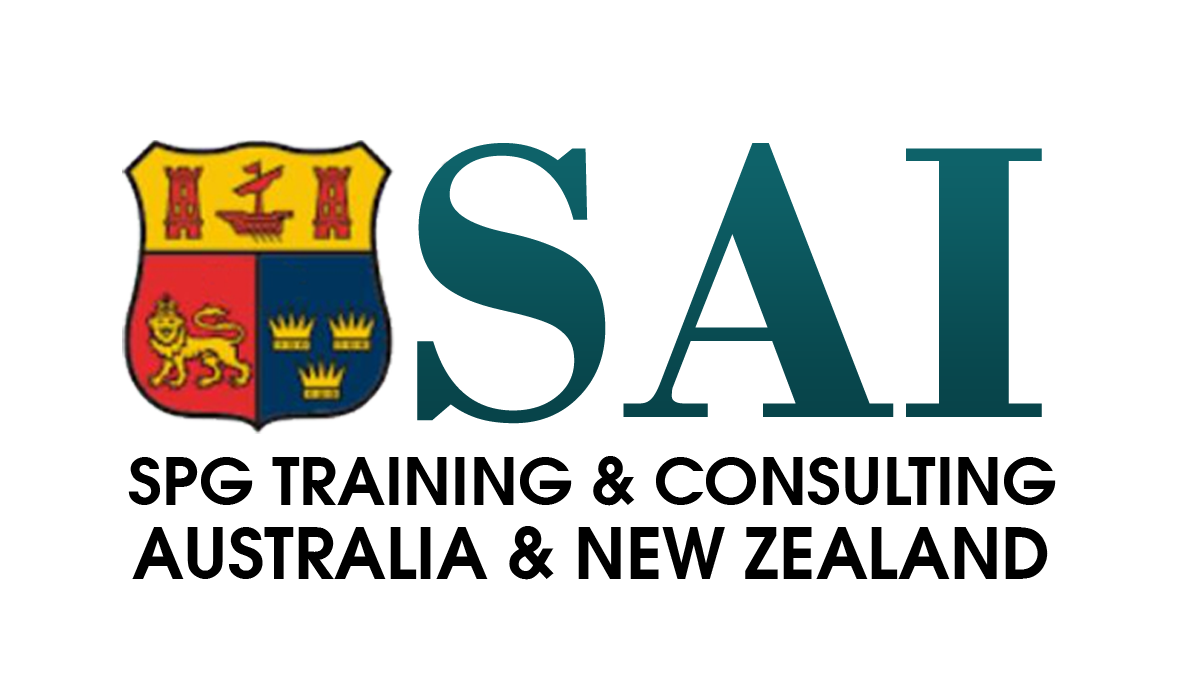MSP® INTRODUCTION AND OVERVIEW – What is a programme? What is programme management? MSP® Structure.
MSP® FRAMEWORK AND CONCEPTS – Principles, governance themes, transformational flow, management strategies and plans.
VISION – What is a ‘vision’? What makes a good Vision Statement?
IDENTIFYING A PROGRAMME – Programme Mandate. Linking to Policy and Strategy. Preparing a Programme Brief. Planning to Define the Programme.
BLUEPRINT DESIGN AND DELIVERY – What is a Blueprint, and what does it contain? Developing a Blueprint from the Vision Statement.
DEFINING A PROGRAMME – Creating a Programme Definition Document (including the Project Dossier, the Programme Plan and the Programme Business Case).
PLANNING AND CONTROL – What is a Programme Plan and how is it developed? The Project Dossier. Resourcing and scheduling.
BENEFITS REALISATION MANAGEMENT – The key driver for the programme. How benefits realisation links to achieving strategic objectives. Outcome relationship models and Benefit Maps. Planning for benefits realisation.
ORGANISATION AND THE PROGRAMME OFFICE – Organisation and leadership. Organisational structure, the key roles and their responsibilities. What is a Programme Office and what service does it provide?
THE BUSINESS CASE – Developing, managing and reviewing the programme’s Business Case.
LEADERSHIP AND STAKEHOLDER ENGAGEMENT – Leadership as opposed to management. How ‘leaders’ actively engage stakeholders. Analysing and engaging with stakeholders. Stakeholder maps and matrices.
MANAGING THE TRANCHES – Implementing governance arrangements. Establishing tranches. Managing risks and issues.
DELIVERING THE CAPABILITY AND REALISING THE BENEFITS – Co-ordinating and managing projects on the Project Dossier. Starting and closing projects. Maintaining alignment with the programme. Ensuring that project outputs are fit for purpose and can be integrated into operations, so that benefits can be realised. Pre-transition, transition and post transition activities.
QUALITY MANAGEMENT – Critical Success Factors. The scope of programme quality management. Quality processes. Configuration Management. Quality Management Strategy and Plan. Information Management Strategy and Plan.
RISK MANAGEMENT AND ISSUE RESOLUTION – Principles, approach and strategy for managing risks and resolving issues. Managing and controlling changes
CLOSING A PROGRAMME – Formal confirmation of completion. Finalising programme information. Confirming closure.



